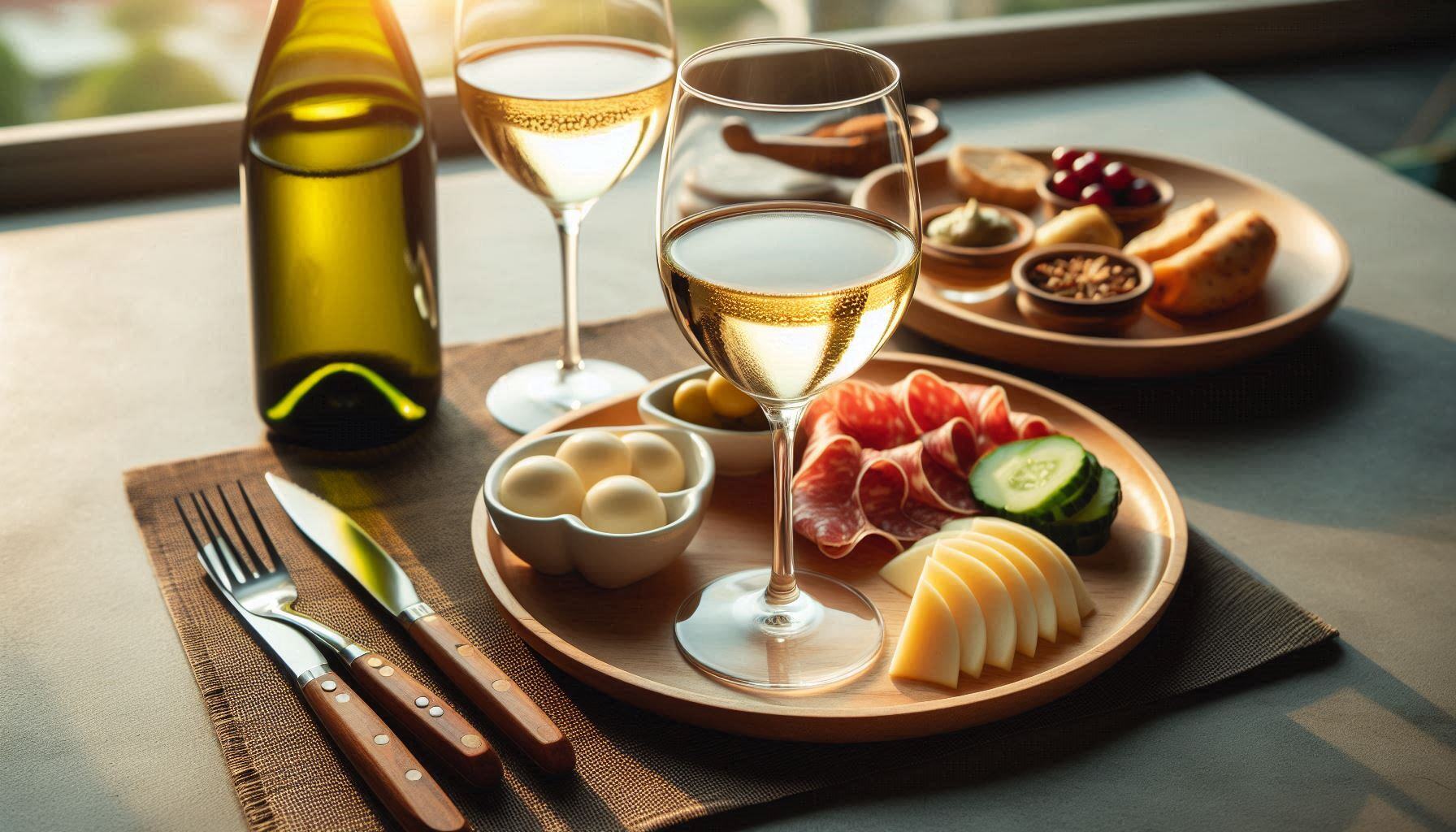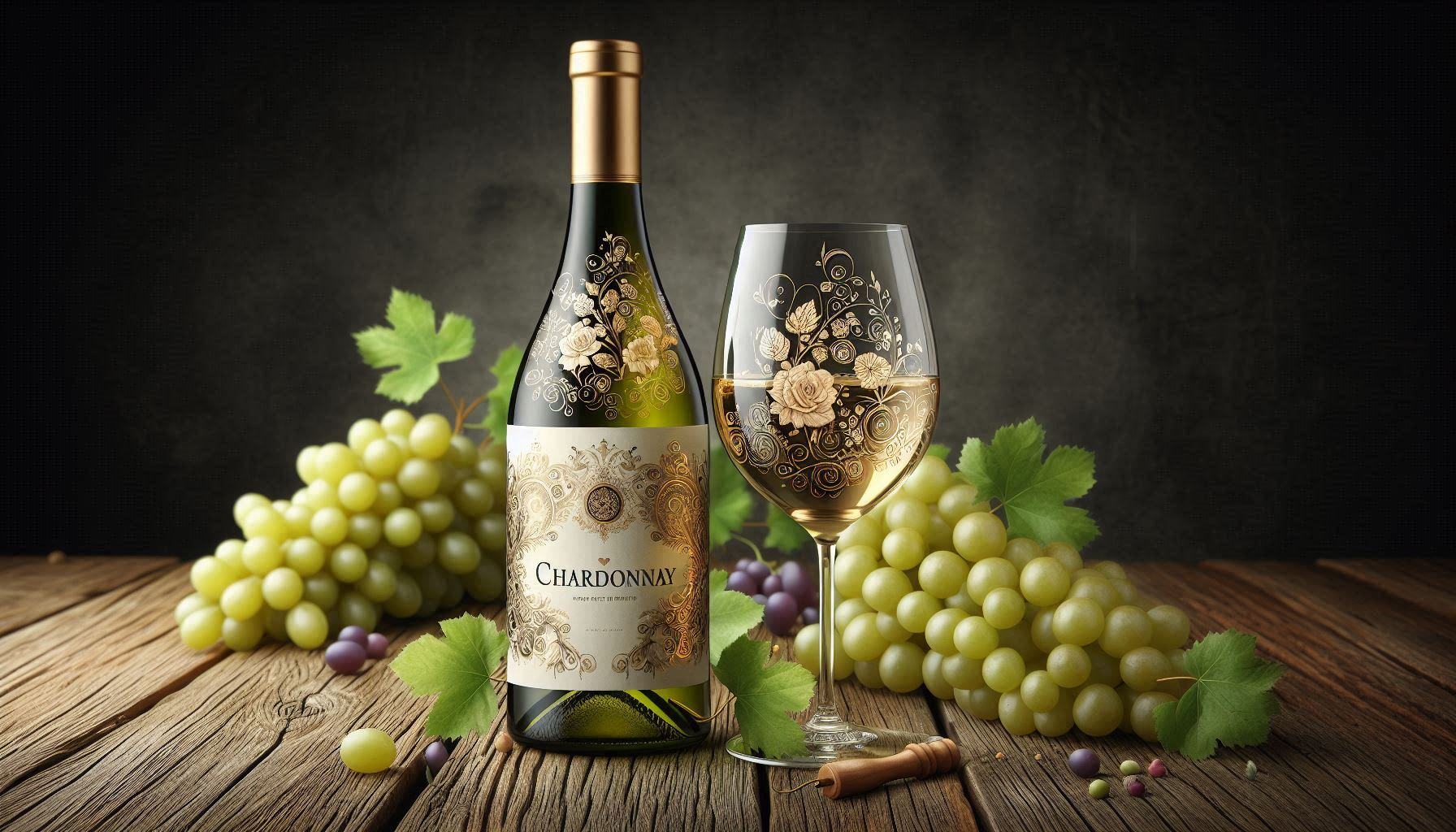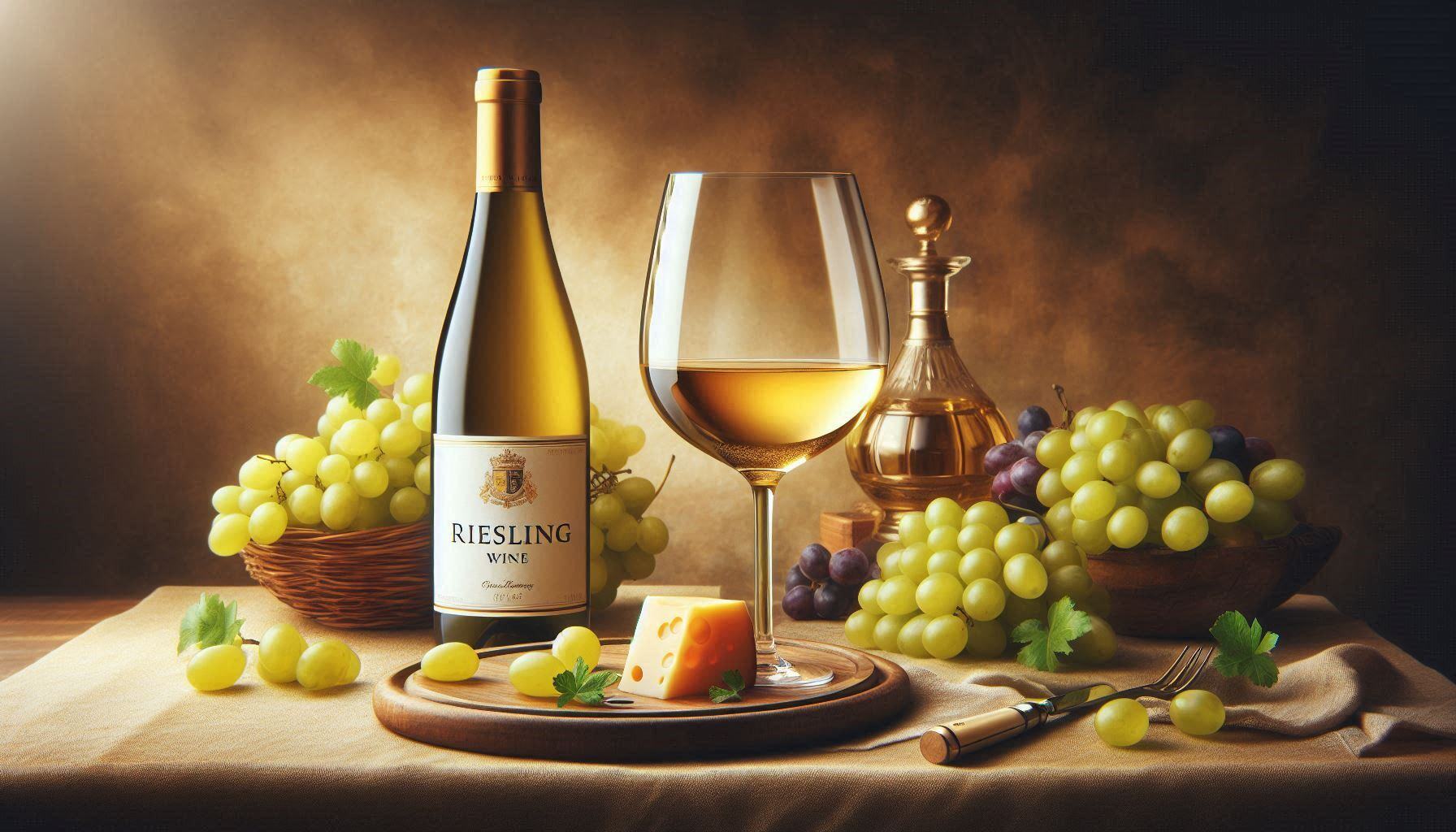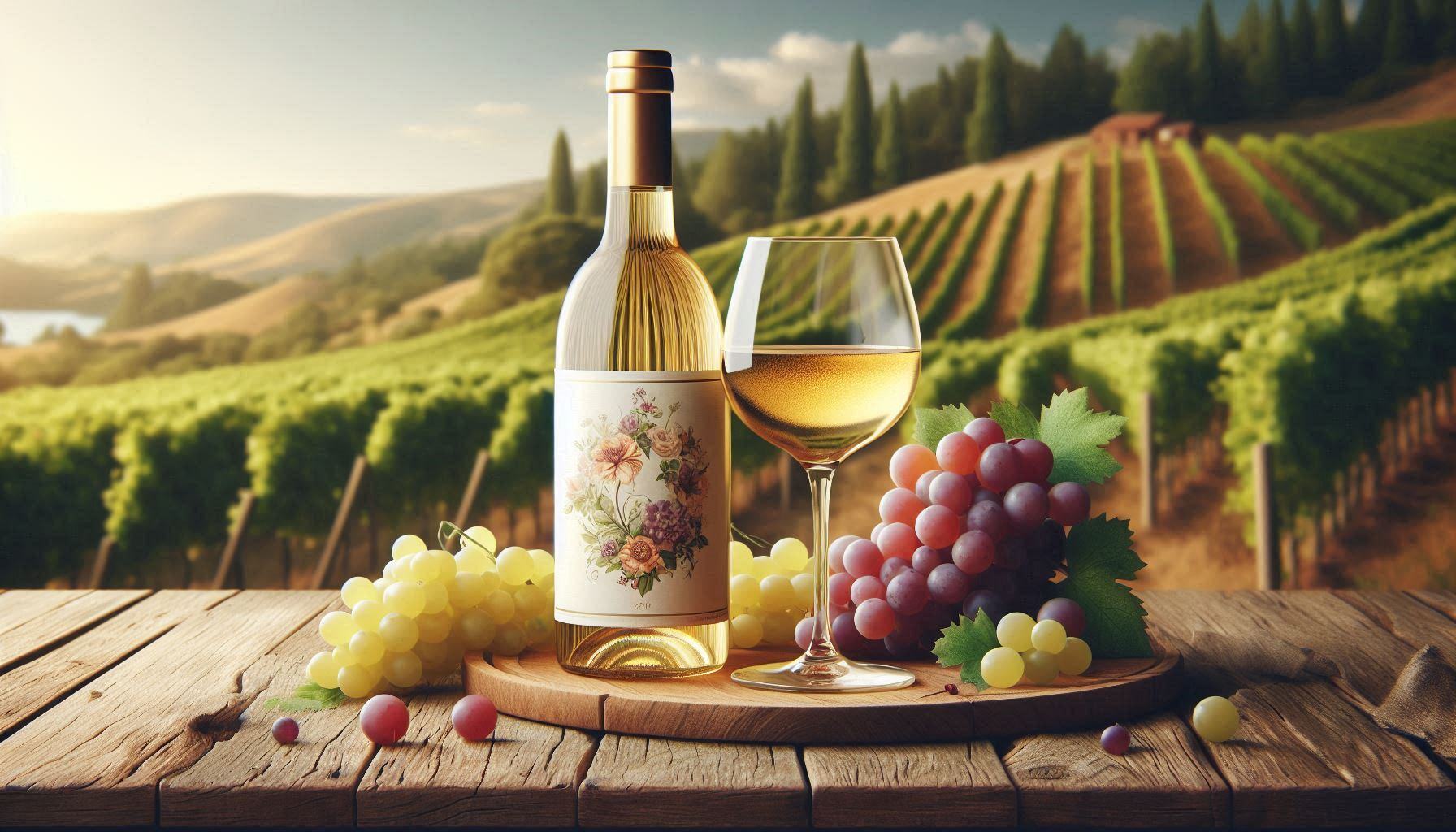Testimonials
See what people are saying
Spices Coffee Travel & Wine is a treasure trove of fascinating information! I've always been a coffee enthusiast, but their insights into different coffee blends from around the world have taken my appreciation to a whole new level. The articles are engaging and informative, making it my go-to site for my daily dose of coffee culture.
As a frequent traveler and wine lover, I am thrilled to have discovered Spices Coffee Travel & Wine. Their travel tips are spot on, and I love how they seamlessly integrate wine recommendations with travel destinations. It's like having a personal guide that makes every trip and wine selection extraordinary. Highly recommend this site to anyone who shares a passion for exploring new flavors and places.
Spices Coffee Travel & Wine has become my favorite online destination for discovering new spices and recipes. Their articles are not only informative but also inspire me to experiment with flavors I never would have considered before. The combination of travel and culinary insights makes this site a must-visit for anyone wanting to broaden their culinary horizons.

White Grape Varieties in Napa Valley: Chardonnay, Sauvignon Blanc, Riesling, and Viognier

Chardonnay: Chardonnay grapes are a renowned wine variety with a long history. In the past, there were many disagreements over the Chardonnay grape's origin. Some believed it came from France. Others thought it was first domesticated in the Middle East, likely in Lebanon or Syria.
DNA mapping reveals that Chardonnay grapes are a mix of Pinot noir and Gouais blanc. The Romans brought Gouais blanc from Romania to France. The new Chardonnay grape grew strong and became popular fast. It likely started in the Burgundy wine region of eastern France. Chardonnay grapes came from France. They spread to regions like England, New Zealand, and the United States.
Today, Chardonnay is one of the most popular wines. Its crisp flavor makes it a favorite. Many new wine regions find it easy to make Chardonnay. This helps them join the global market.
Characteristics: Much of the Chardonnay wine's taste profile depends on whether the wine is an oaked Chardonnay or an unoaked Chardonnay. Buttery Chardonnay comes from wine that has been aged in an oak barrel. Oaked Chardonnay has a creamier texture, and the oak can also impact the Chardonnay aroma. Because oak contains vanillin, oaked Chardonnay wines have a strong vanilla aroma. On the other hand, unoaked Chardonnay tends to be crisper with a fruity aroma.
Grapes: When fully ripe, Chardonnay grapes are much sweeter than other varieties. The Chardonnay varietal has earned a global reputation as a grape that is easy to grow. It's a malleable fruit that responds well to most growing conditions, though it prefers a cool to medium climate.
Taste Profile: The Chardonnay taste profile depends on if the wine is an oaked Chardonnay or an unoaked Chardonnay. All Chardonnays are known to be light and crisp, but the oaked Chardonnay is buttery with a smother, creamier texture. Chardonnay acidity can be enhanced by barrel aging.
Aromas and Flavors: Chardonnays are known for their light, crisp flavors, with notes of fruit, such as:
peach, plum, fig, banana, and mango. Chardonnay citrus notes may develop in wines that are grown in warmer regions. Cooler climates produce a Chardonnay with more acidity and notes of plum.
Body & Texture: Chardonnay has a medium to full body, which can be enhanced by aging in oak because the barrel adds tannins to the finished wine.
Food Pairing: Chardonnay flavors complement white meats, and it's best paired with chicken, fish, turkey, and seafood. Since the Chardonnay taste profile is more subtle, the wine works best with lighter foods. An oaked Chardonnay has a richer flavor, and it's often paired with spicier dishes and smoked fish.

Sauvignon Blanc: Sauvignon Blanc wine ranks as a top white wine selection worldwide. This wine variety provides fresh tasting notes, intense flavors, crisp acidity, and a distinctive aroma. Consumers who prefer dry Sauvignon Blanc from France and fruity expressions from New Zealand can enjoy it since it works well for numerous events.
The Sauvignon Blanc grapes came from France, where Bordeaux and the Loire Valley were initially growing areas. France developed the name "sauvage blanc" by combining "Sauvage" and "blanc" because winemakers found this grape growing originally in untamed regions. Sauvignon Blanc expanded worldwide, adjusting to multiple climate zones and different types of soil.
This wine variety discovered new Sauvignon Blanc regions in South Africa, Australia, New Zealand, California, and Chile. It obtained its diverse global styles when different wine regions transformed this grape into their regional signature expression.The Sauvignon Blanc is one of the trendiest white wines enjoyed worldwide, especially in New Zealand, France, the United States, and Chile. In Napa Valley it is more reminiscent of the French style of Sauvignon Blanc, a more elegant and sophisticated wine. Due to Napa's unique soil types and climate produce a distinctive Sauvignon Blanc.
Characteristics: It has a green outer skin and thrives in cool temperature zones. Gravely, well-drained soils produce vivid, clean-tasting wines from this Sauvignon Blanc varietal. Sauvignon Blanc grapes are harvested early to retain their bright, fresh flavors. Some winemakers ferment Sauvignon Blanc in stainless steel containers to maintain crispness, while others prefer oak barrels for a creamier wine texture.
Taste Profile: Sauvignon Blanc citrus notes: Lemon, lime, grapefruit. Sauvignon Blanc tropical fruit notes: Pineapple, passion fruit, guava. Sauvignon Blanc herbal notes: Grass, bell pepper, gooseberry. Mineral & Floral Notes: Flint, white flowers.
The Sauvignon Blanc aroma creates a refreshing wine with high acidity. Its high acidity and vibrant profile often characterize it. This wine has a light to medium body weight and high acidity, which leads to a zesty and refreshing sensation. The crisp Sauvignon Blanc has a clean finish, while oak-aged versions create a more prosperous, slightly creamier texture.
Food Pairings: Sauvignon Blanc works expertly with diverse food items. Some ideal Sauvignon Blanc food pairings include Seafood: Oysters, shrimp, grilled fish, sushi. Cheese: Goat cheese, feta, ricotta. Vegetables: Asparagus, green beans, salads, artichokes. Spicy Dishes: Thai, Indian, and Mexican cuisine. Sauvignon Blanc acidity balances creamy dishes, while its herbal and citrus notes complement seafood, green vegetables, and spicy foods.

Riesling: Riesling is a white wine that is one of the most versatile out there. It's crisp, refreshing, and packed with flavor. Whether you like your wine bone-dry or sweet like honey, there's a Riesling for you. Plus, it pairs with just about anything, making it a go-to for wine lovers and casual drinkers alike.
Riesling's roots go way back to 1435 in Germany's Rheingau region, where it quickly become the country's pride and joy. Unlike some other white wines, Riesling wine is all about showing off where it's grown, meaning a bottle from Germany will taste totally different from one made in Australia or the United States.
Back in the 18th and 19th centuries, Riesling was actually one of the most prized wines in the world, sometimes selling for more than fancy French Bordeaux. It thrived in Germany's cool, steep vineyards, where winemakers figured out how to make everything from crisp, dry versions to lusciously sweet dessert wines.
While Germany is still the king of Riesling, this grape has traveled far and wide. It found a second home in France's Alsace region, where winemakers love making dry, aromatic styles. Austria and Northern Italy jumped on board too, crafting their own takes on this ultra-expressive grape.
Then Riesling made its way to the United States, New Zealand, and Australia. In the United States, Riesling found its way to Napa Valley over time as a result of vintners experimenting with different grape varieties. A few excellent Riesling wines are produced by wineries that help to showcase the Napa region's unique terroir.
Characteristics: Riesling grapes are small, green, and super high in acidity, which is what creates bright, refreshing wines. Riesling wine from Napa Valley exhibits aromas of peaches, apricots, green apples, pears, citrus, and white flowers. Napa Valley Riesling is a wine with a good balance of sweetness and acidity.
Taste Profile: No matter the style, Riesling has floral notes and is very expressive. Dry versions taste like lime, green apple, and citrus flavors, while sweeter ones lean into honey, peach, and tropical fruit.
Riesling is usually light to medium-bodied, but its texture can range from crisp and refreshing to silky and rich. No matter what, its high, crisp acidity keeps it fresh and lively, so even the sweetest versions don't feel heavy.
Food Pairings: Riesling is one of the best food pairing wines out there. Dry Riesling goes well with seafood, sushi, and grilled chicken, which off-dry versions are practically made for spicy food like Thai, Indian or anything with a little kick. The sweetness helps balance the heat.
If you're into cheese, desserts, of anything rich and creamy, a sweet Riesling is a perfect match. Try it with blue cheese, foie gras, or desserts made with stone fruit.

Viognier: Viognier is a rich, aromatic, and full of personality wine with flavors that can make even the simplest meal feel special. Viognier's story starts in France, specifically in the Rhone Valley, where it's been around for centuries. The grape's exact origin is a bit of a mystery, but some believe it was brought to France by the Romans. Despite its long history, Viognier almost disappeared in the mid-1900s. Only a few acres were left in France, mainly in the Condrieu and Chateau-Grillet appellations, where it was being carefully grown.
Luckily, Viognier made a comeback in the late 20th century as winemakers outside of France started taking an interest. It found new homes in California, Australia, South Africa, and even South America. Today, it's still not as widely planted as other white grapes, but it has a loyal following. Winemakers love working with it, and wine drinkers who discover it tend to become big fans.
Characteristics: Viognier grapes are small, thick-skinned, and golden-yellow when ripe. They need warm, sunny climates to develop their signature flavors but also require cool nights to maintain acidity. That's why regions with a mix of warm days and cool evenings, like the Rhone Valley and parts of California are ideal for growing Viognier.
Unlike some other white grapes, Viognier is trick to grow. It's prone to disease and doesn't produce high yields, making it a bit of a challenge for winemakers. The grape is also slow to ripen and picking it at just the right time is important. If harvested too early, it can taste flat and boring. If picked too late, it can lose its freshness and become too heavy.
Because Viognier is delicate, winemaking managers pay close attention to pruning and canopy management to be sure the grapes get enough sunlight without overheating. Some winemakers choose to ferment Viognier in stainless steel tanks to keep its fresh, fruity character, while others age it in oak barrels to add richness and complexity. Unlike many white wines, Viognier also has some potential to age, though most people enjoy it young and vibrant.
Taste Profile: Viognier is famous for its bold, floral aromas and lush tropical fruits flavor. Think honeysuckle, orange blossom, and jasmine, mixed with ripe peach, apricot, mango, and tangerine. Some versions even have hints of vanilla or spice notes, especially if aged in oak. Unlike super crisp whites like Sauvignon Blanc, Viognier a is low acidity wine, making it smoother and more rounded on the palate.
Viognier is usually medium to full-bodied, with a soft, almost creamy texture. It's richer than most white wines, which makes it great for people who like a fuller, more luxurious style. Some versions can even have a slight oily or waxy feel, adding to its uniqueness.
Food Pairings: Viognier is super food-friendly because its rich texture and floral, fruity flavors work well with a variety of dishes. Some of the best pairings include spicy foods, creamy sauces like chicken alfredo, roast chicken or turkey, and soft cheeses like brie.
